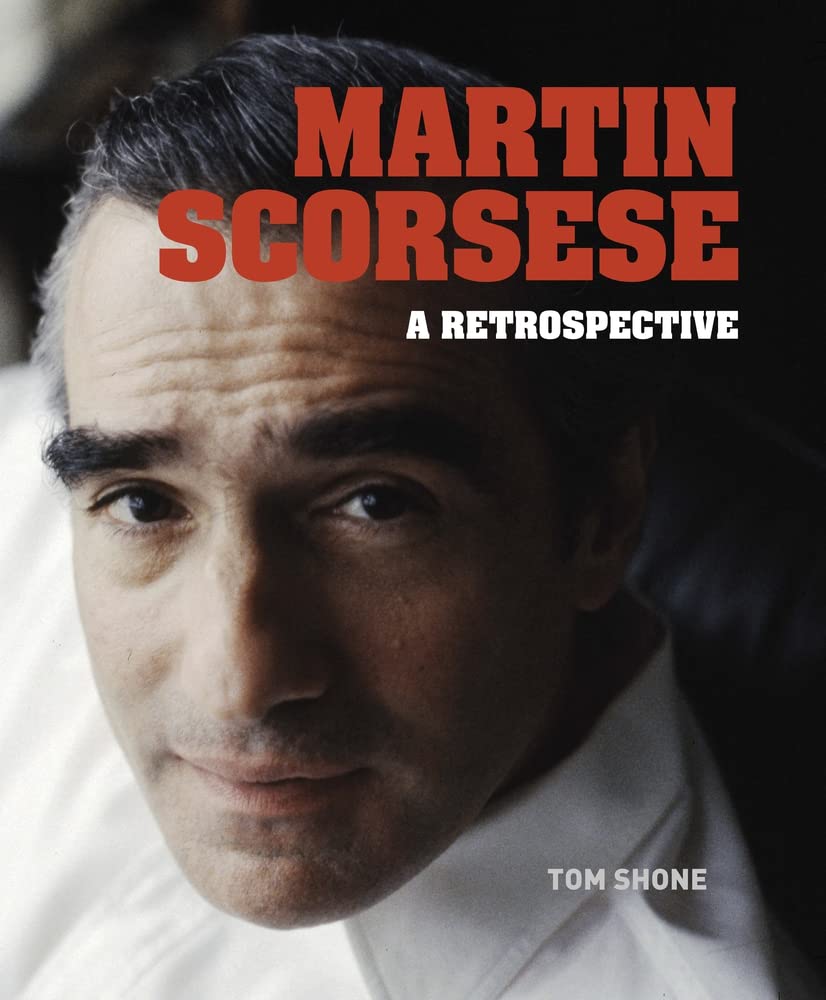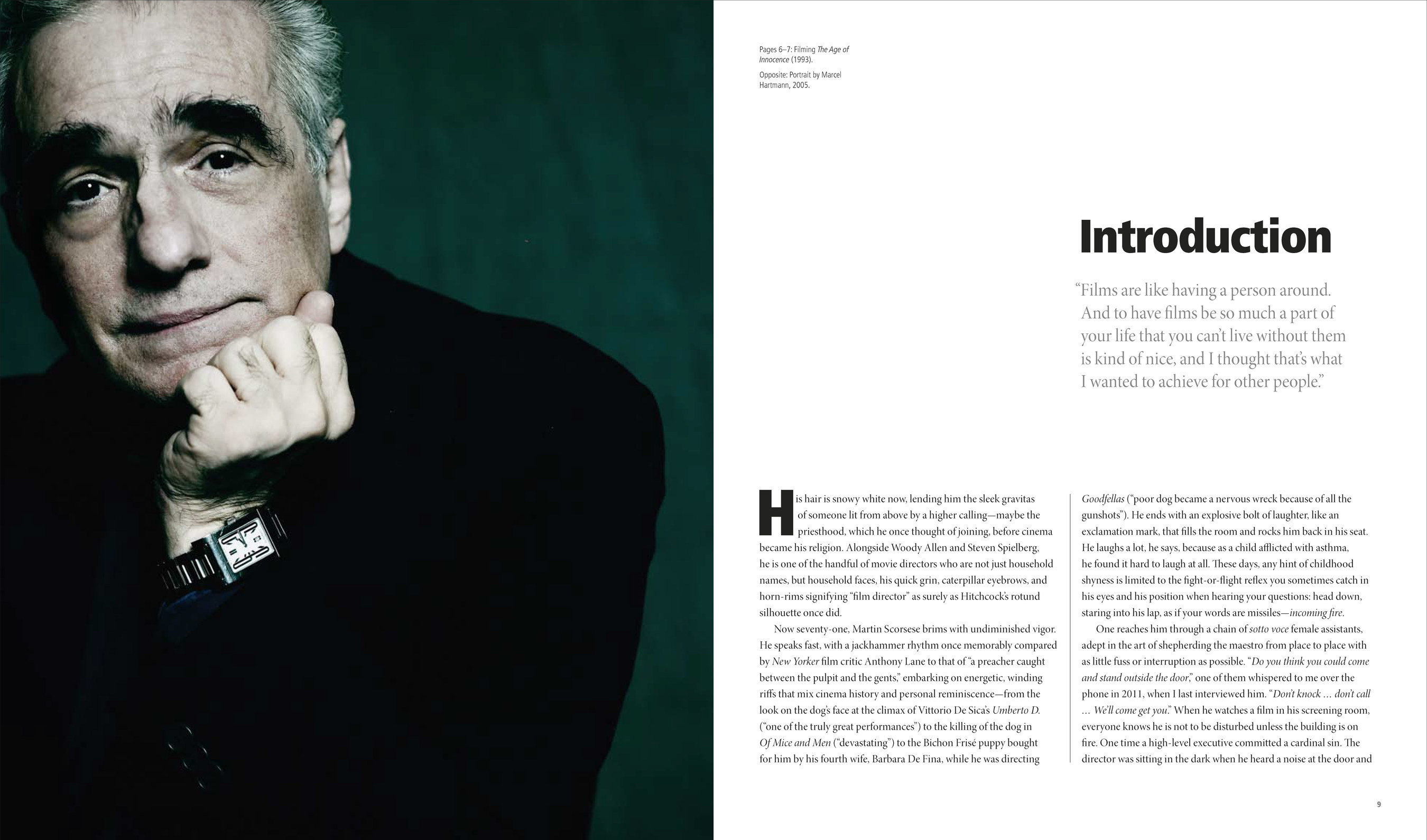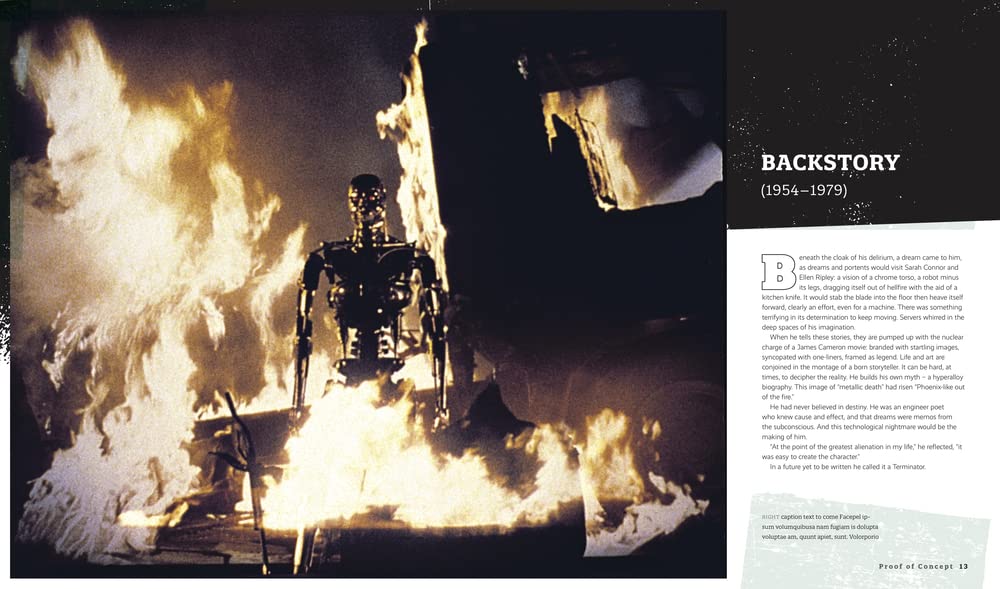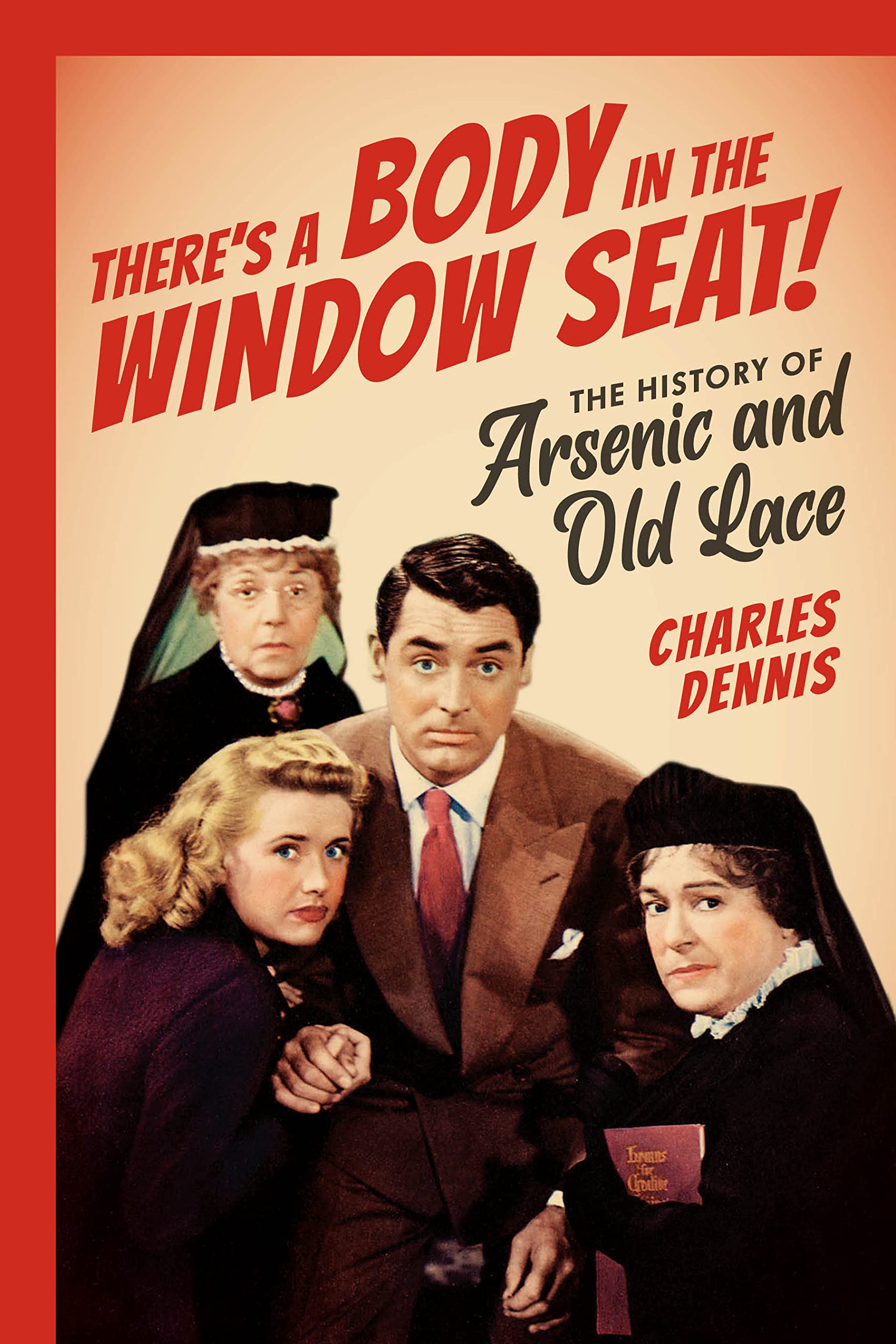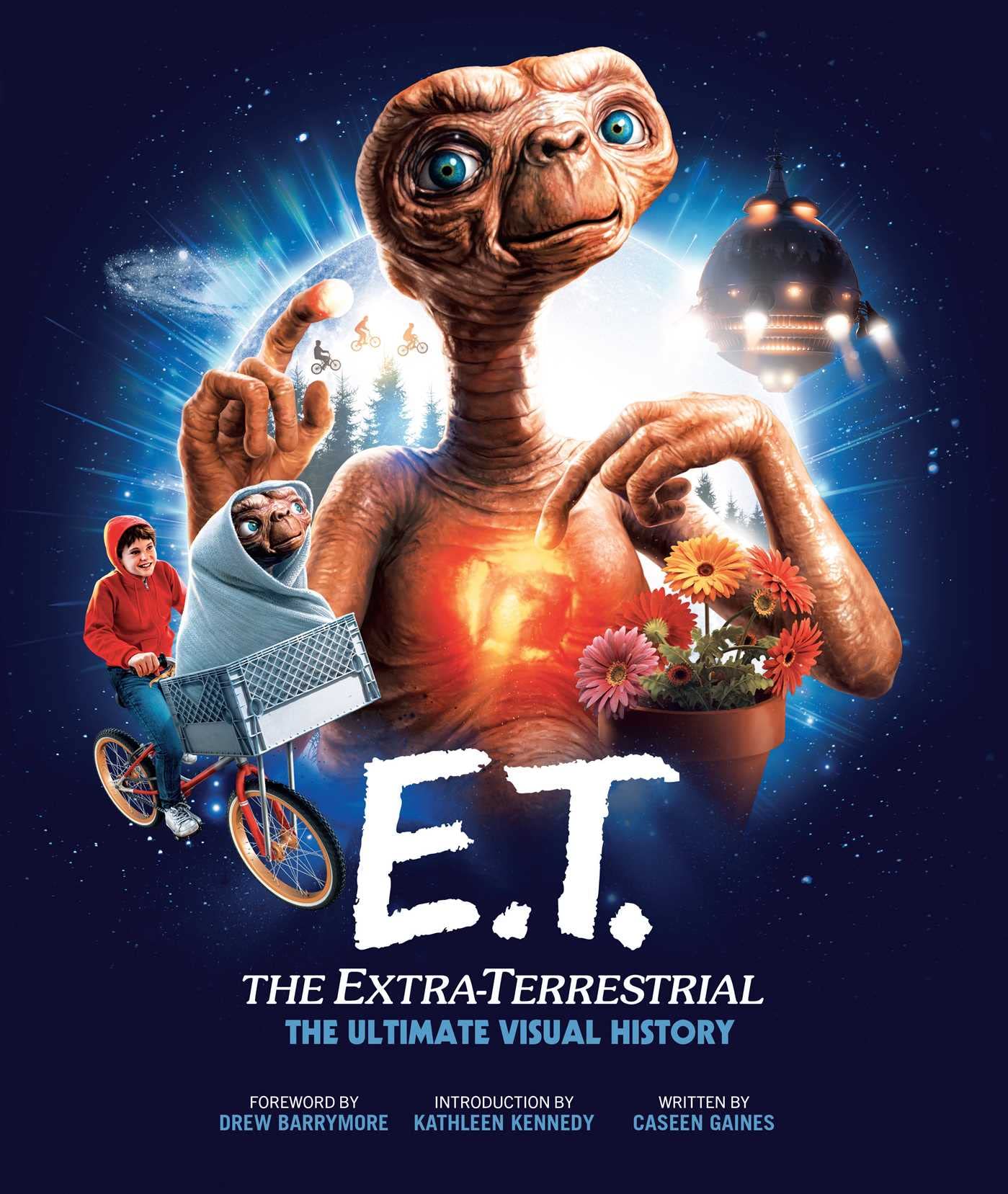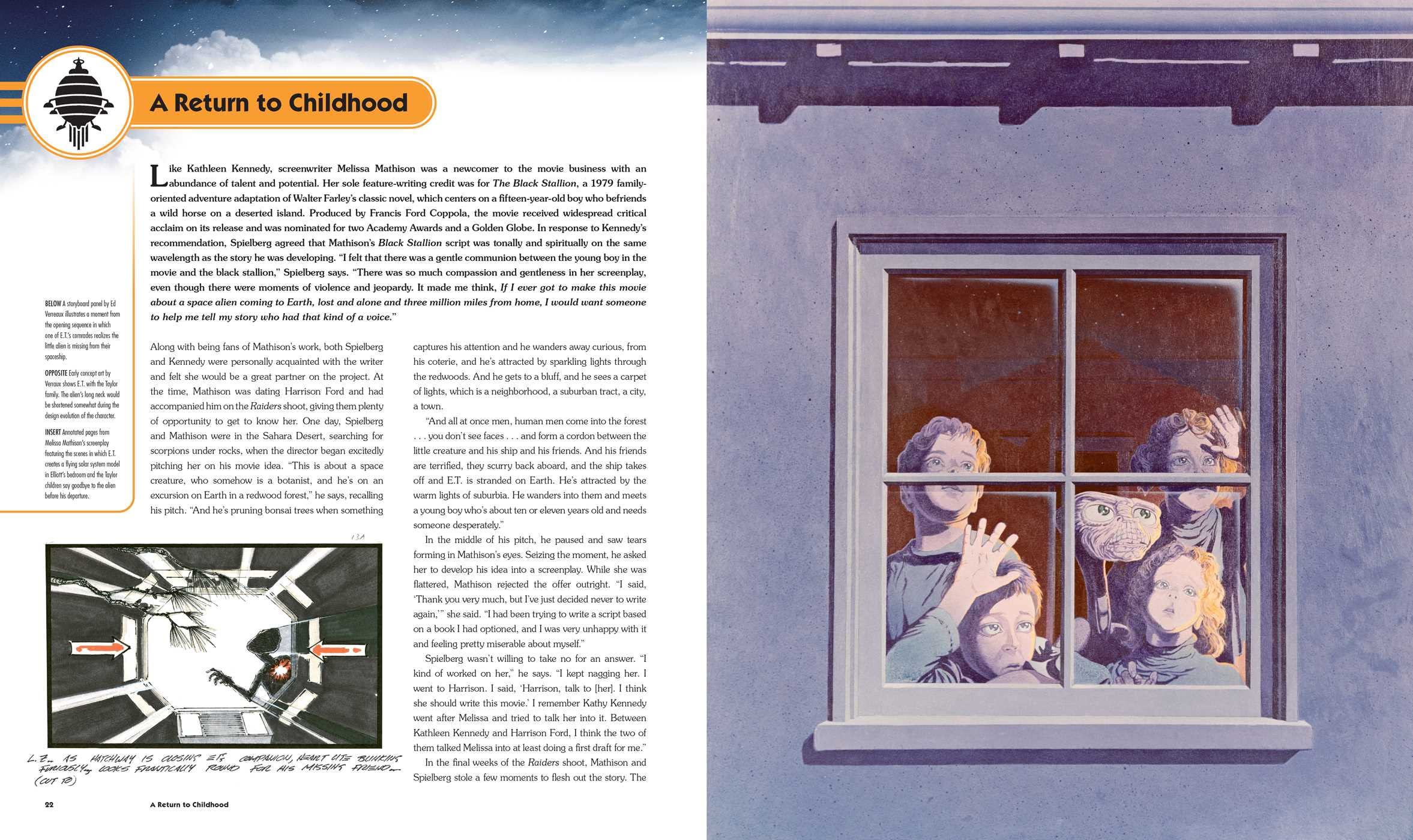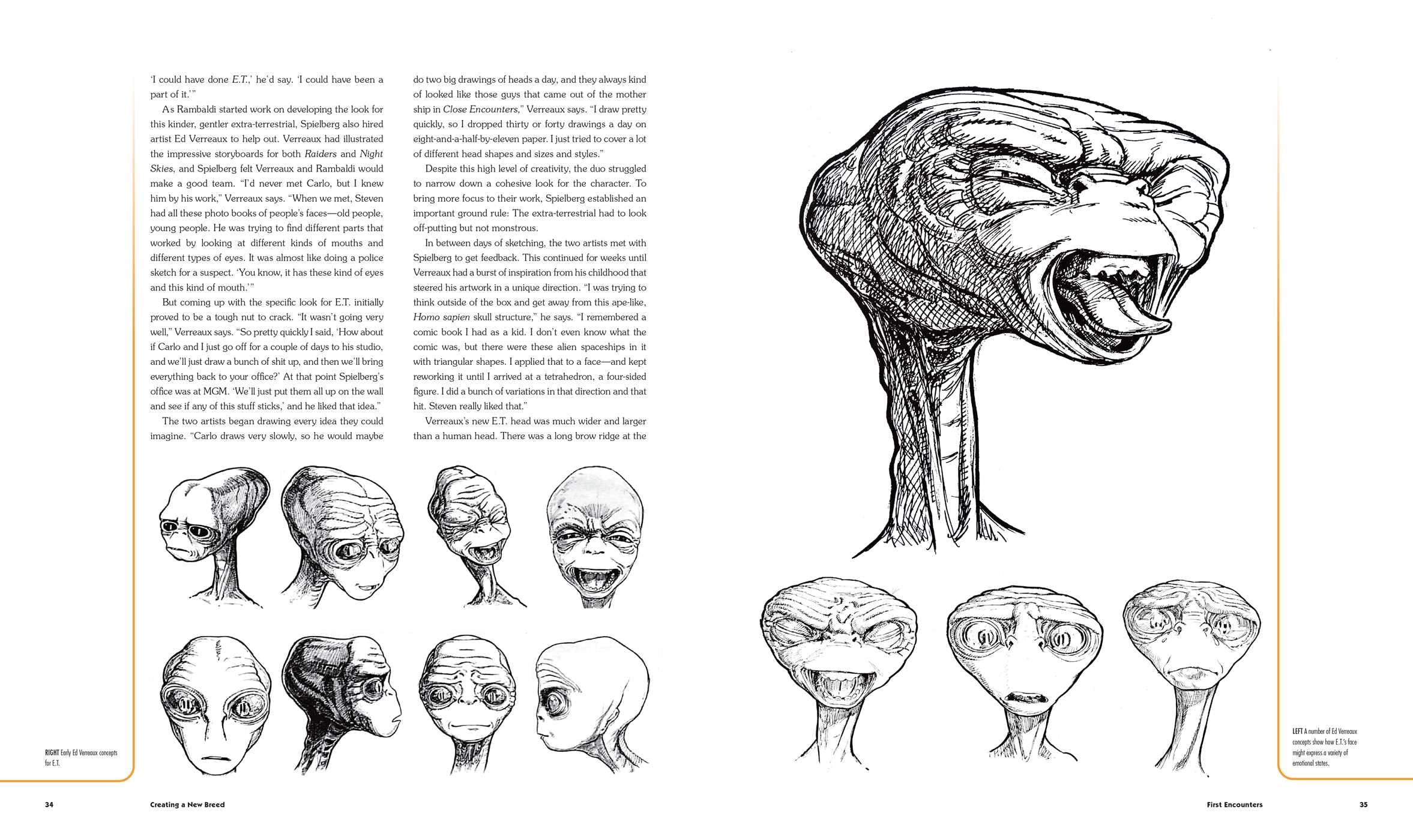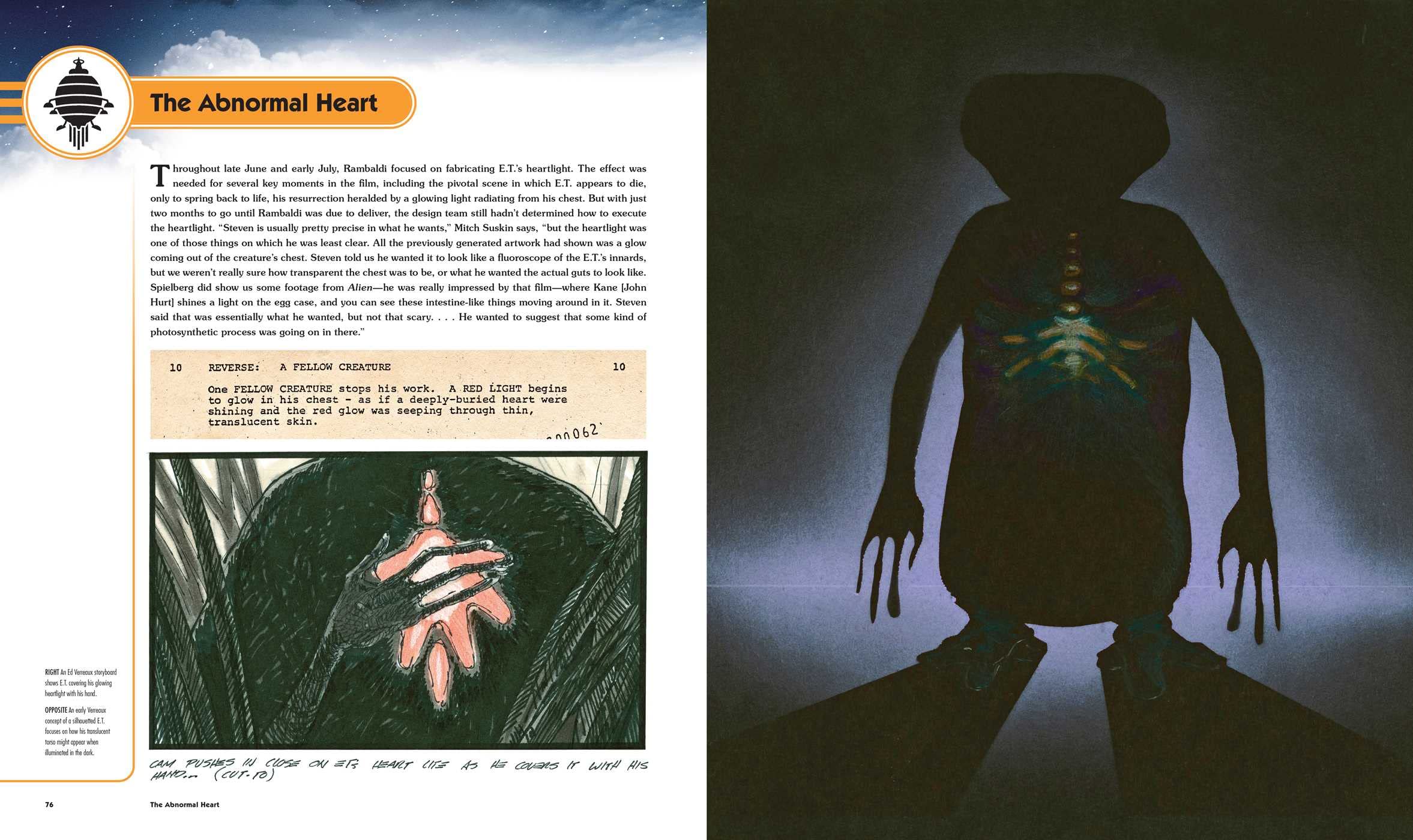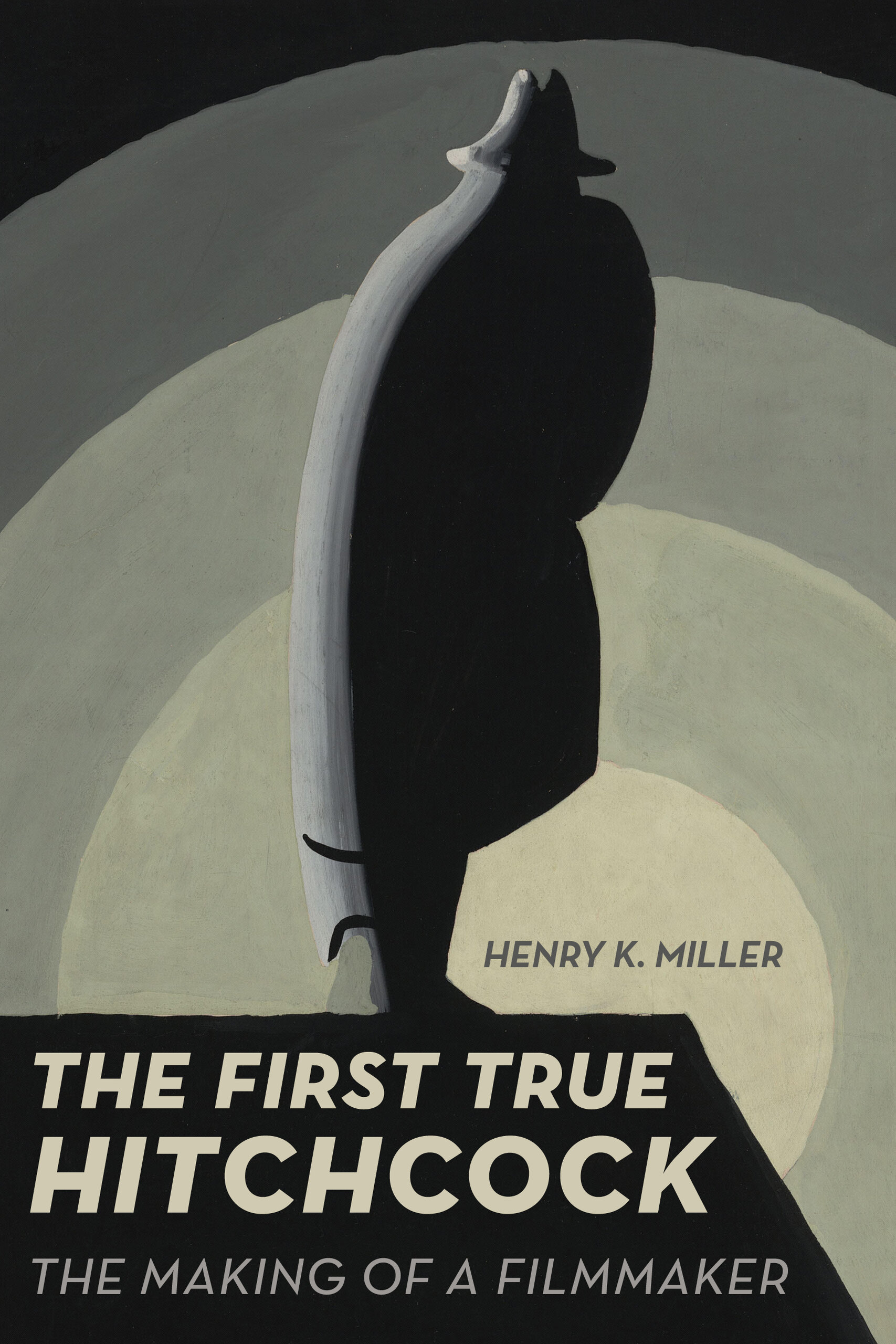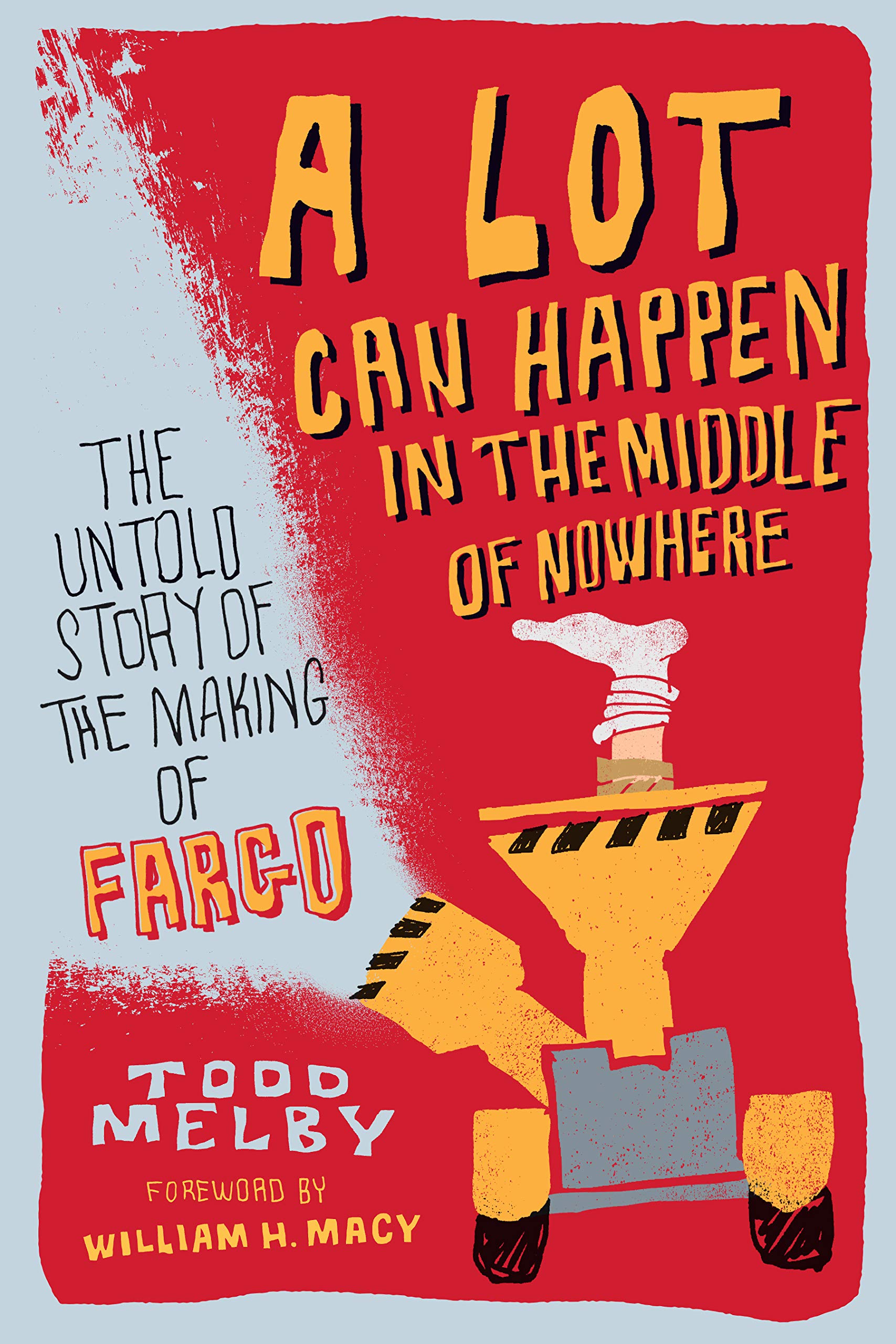
Publisher: Quarto Press
Release Date: November 09, 2021
A Conversation with Ian Nathan
Ian Nathan’s wonderful “Iconic Filmmakers” series is continued with this lovely coffee table-style book about the work of Guillermo Del Toro. Those who have already discovered this wonderful series of coffee table books know that they can expect a “complete and intimate study of the life and work of one of modern cinema’s most truly unique directors, whose distinct aesthetic and imagination are unmatched in contemporary film” as Nathan “charts the progression of a career that has produced some of contemporary cinema’s most revered scenes and idiosyncratic characters. This detailed examination looks at how the strands of Del Toro’s career have woven together to create one of modern cinema’s most ground-breaking bodies of work.” The book is an excellent blend of career biography, production information, and analysis that attempts to delve into the director’s psyche. “The book starts by examining his beginnings in Mexico, the creative but isolated child surrounded by ornate Catholicism and monster magazines, filming stop motion battles between his toys on a Super-8 film camera” before following him through film school and eventually into the productions of some of cinemas most unique films. The book is illustrated with rich and alluring production photographs, and thematic illustrations that enhance Nathan’s text. There is even an eight-page “gatefold section” that offers a career timeline.
The books author, Ian Nathan, lives and works in London as one of the UK’s best-known film writers. He is the author of nine previous books — including Anything You Can Imagine: Peter Jackson and the Making of Middle-earth, Alien Vault, Terminator Vault, and the other books in his “Iconic Filmmakers” series (which includes volumes on Tim Burton, The Coen Brothers, Quentin Tarantino, and Wes Anderson). He is the former editor and executive editor of Empire, the world’s biggest movie magazine, where he remains a contributing editor. He also regularly contributes to The Times, The Independent, The Mail on Sunday, Cahiers Du Cinema, and the Discovering Film documentary series on Sky Arts. Needless to say, we are honored to have an opportunity to discuss this new volume with the author.
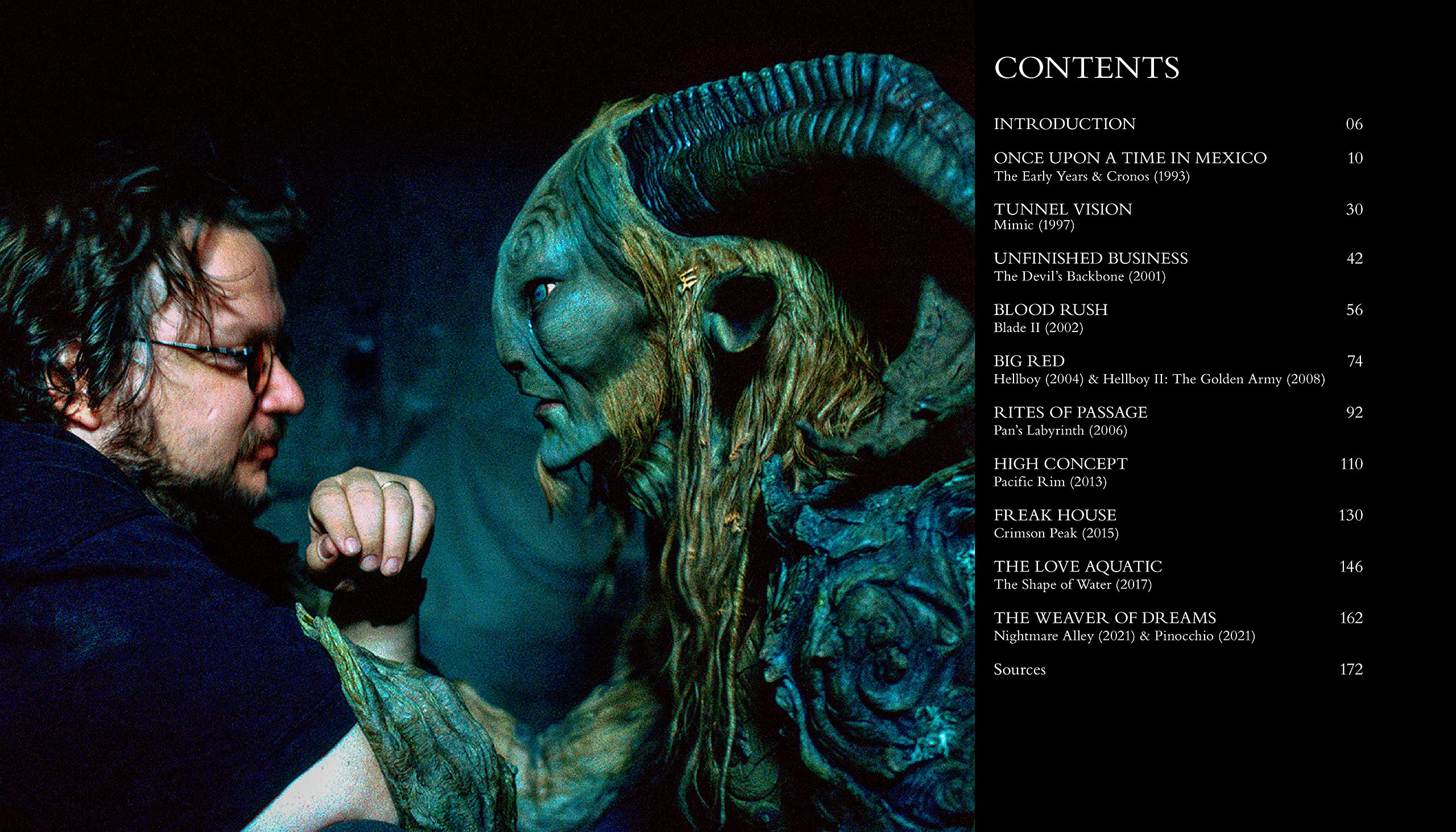
CL: First of all, I would just like to thank you for sitting down to answer a few questions about this excellent series of volumes about contemporary “Iconic Filmmakers.” Let’s start at the beginning. How did you first begin your career as a writer?
IN: This is a long story. The key moment really came as a student, when I was given the entertainment desk on the university newspaper. I had always loved film, almost to an obsessive level, but the chance to express my opinion about what I had seen was transformative – it was a real road to Damascus event, I knew exactly what I wanted to do. Then a montage: local newspapers, freelance writing, getting into magazines, joining the staff of Empire (Europe’s biggest film magazine), rising within the ranks to editor. And then, years later, books…
CL: I’m curious as to who you would choose as your favorite filmmaker of all time. Who has made the biggest impression on you as a cinephile?
IN: This is so hard. I’m married to the sheer variety that cinema offers, but I’ll cheat and pick two (out of the multitudes). Billy Wilder managed to squeeze such darkness into his comedies and such life into his dramas. The Apartment is a masterpiece. And the films of the Coen brothers endlessly intrigue me. Every time I return to the likes of Miller’s Crossing or Barton Fink or Fargo, they offer something new.
CL: If the world was burning and you had a chance to save one single film, which film would you rescue from destruction?
IN: One film? Out of all of them? You are cruel. But the world is burning, so I’m going to grab Blade Runner. It has haunted me since the day I saw it in the cinema, aged 12, and I couldn’t imagine not returning to its dystopian embrace.
CL: How was the “Iconic Filmmakers” series was born, and how do you choose which filmmakers to cover for the series?
IN: Well, I had written a couple of books for the publisher, and we got into a discussion about potential books on directors. At that stage, it was picking a director I might want to write about and what might be appealing to a potential readership. Out of that came Tim Burton, and the series was underway. Each choice comes via a mix of things: my passion, a director with a cult following, and a fitting visual palate so the book will look good. (I always joke that you should be able to hang an “esque” on the end of their names: Burtonesque or Tarantinoesque.) Market forces come into play. It is always a discussion with the publisher about what might sell. If the chosen subject has a forthcoming project, so much the better.
CL: How do the volumes in this series differ from similar books that focus on a particular filmmaker’s work?
IN: Well, the “Iconic” element of the title is important. As I mentioned, the director has to have a personality that inspires a following. It isn’t simply about successful directors. It’s about those who have reshaped the world of film, who have the capacity to surprise us, while having a very distinctive style, ready to be deciphered. You know when you’re watching a film by Quentin Tarantino, the Coens, or Wes Anderson.
CL: Do you have a favorite out of the books that you have written so far — particularly out of those in the series?
IN: You’re asking me to choose between my children. In terms of the series, each has brought its own pleasures and challenges. It’s never easy to sum up the work of iconic directors. Out of them all, both the Wes Anderson and the Del Toro books feel like I have cracked something of the mystery. Outside of the Iconic Filmmakers series, I’m very proud of a book I wrote on Ridley Scott, plus a more recent tome, The Coppolas: A Movie Dynasty.
CL: How does Guillermo Del Toro stand apart from his contemporaries, and what are the qualities that define him as an artist?
IN: Wow, you could say I’ve written an entire book on this very subject! I’ll try and boil it down. What I love about his work is that he has become a hugely successful Hollywood filmmaker without ever relinquishing his Mexican heart. In fact, that passion and exoticism is what has allowed him to thrive. He is tuned to a more primal part of storytelling — the myths and legends on which the world turn. Fairy-tales are his medium, and he understands how they convey great meaning about the human heart. No one has used fantasy quite as he has done. While he has only made one film on home soil, he still draws deep on the Mexican mix of religion and mysticism. He is also one of the last great physical filmmakers, building sets and props and mechanical creatures to maintain that tactile richness to his creations.
CL: Do you have a favorite Del Toro film?
IN: It’s interesting. Before I begin these books, I write out my order of preference for the films of the director in question. Then once I’ve finished, I do it again to see if the order has changed. And it always does. Hellboy and Cronos moved up in my estimation, but my favourites remained the same. Depending on how I’m feeling it’s either Pan’s Labyrinth or The Devil’s Backbone. I think Del Toro might agree.
CL: Were there any unique challenges to covering the career of Guillermo Del Toro that you didn’t face when writing about other artists?
IN: The biggest challenge was sifting through the sheer volume of material that Del Toro presents to the movie archeologist. He is an extraordinary voice on his own work – like a living biography, which is thrilling. Indeed, he has discussed his films in such depth, noting the many references, that the book could have been three times the length. I say it in the book, he could have been a great critic. Interviewing him is like standing in a waterfall, but that can feel overwhelming at times. Wrestling the story into shape was tough.
CL: The book discusses a number of “unborn films” — or projects that Del Toro was forced to abandon. Which of these films would you most like to see receive a future greenlight?
IN: I know that most would opt for the curiosity of what Del Toro’s Hobbit films might have been like or the icy magnitude of his beloved Lovecraft adaptation At the Mountains of Madness, but I would choose The Left Hand of Darkness. This was Del Toro’s Mexican spin on The Count of Monte Cristo — a hugely important book to him — that in his hands would have been transformed into a gothic Western. I’ve read the script, and while there are bizarre and wonderful steampunk elements, it stays true to the roots of its genre. And being set in the country of his birth, it would have been both epic and personal.
CL: Do you believe that the director’s approach to creature design is different from other filmmakers? What sets his creations apart from those found in other films?
IN: I do, very much so. Given his process of storytelling begins with design, sketching out his creatures and annotating them in his fabulous, leather-bound notebooks (themselves a trove of del Toro lore), there is something highly individual about the look and feel of his creatures. They are rarely there simply to frighten us (though often they do). They possess a physicality — he avoids CGI if possible — and embody the themes of his stories. You can tell his heart is with the beasts, maybe he sees himself in them. The aquatic man of The Shape of Water is his leading man! It is the humans who are more often the true monsters.
CL: Which of the director’s iconic monsters is your personal favorite?
IN: Wow, there are so many: the insects in Mimic, the great kaiju of Pacific Rim, half the cast of Hellboy. Since you’ve cornered me, I will opt for a creature that has so much presence, he’s truly unforgettable. The Pale Man in Pan’s Labyrinth leans toward the terrifying, with his eyeballs on the plate in front of him, ready to be inserted into the palms of his hands, but del Toro also saw him as a vision of the rich and corrupt in Spain doing nothing as the masses starve. Note how he lords it over the feast, and we cross cut with the dinner table of the wealthy locals and the fascist captain.
CL: The Pale Man is my personal favorite as well. Can readers expect future volumes in the series?
IN: They certainly can. I’m not permitted to reveal too much at this stage, suffice to say that I am well underway on the next book in the series. The director in question presents very different challenges to previous subjects. I’ll give you a single word: “cerebral.” It’s always interesting how much the personality and films of the individual shapes the book in question. This book will look and feel very different to previous entries, but, boy, will it be gorgeous. Let the guessing game commence.


